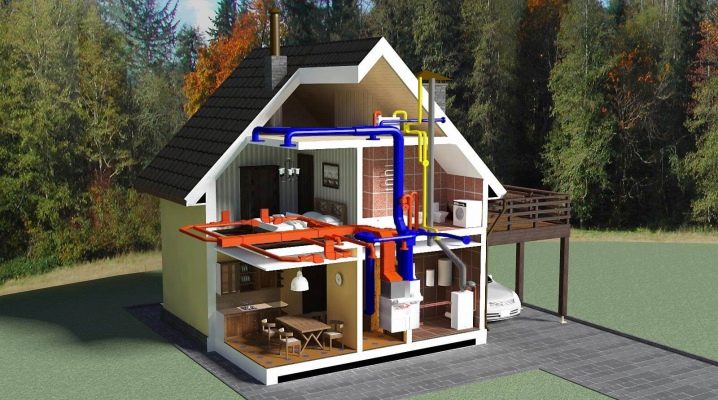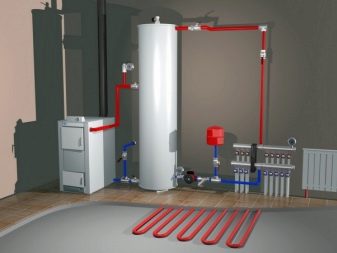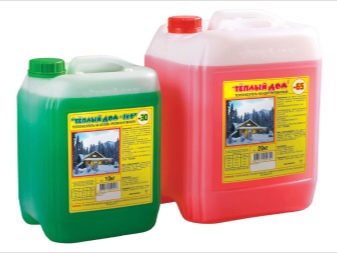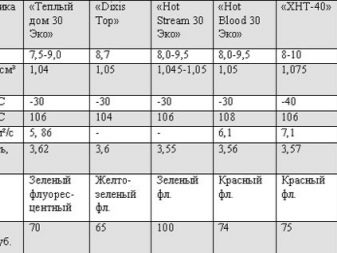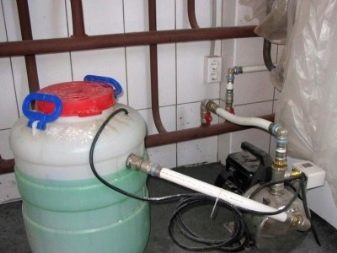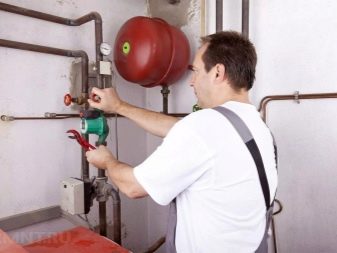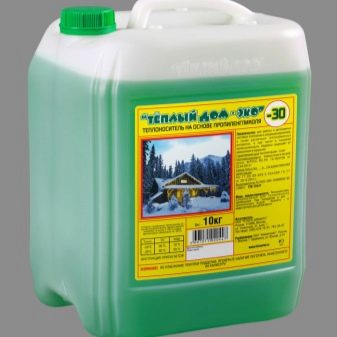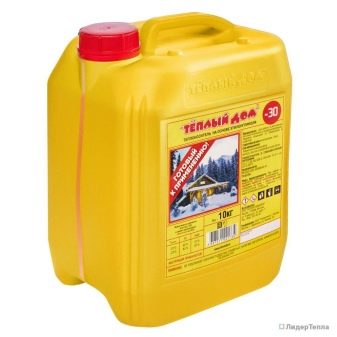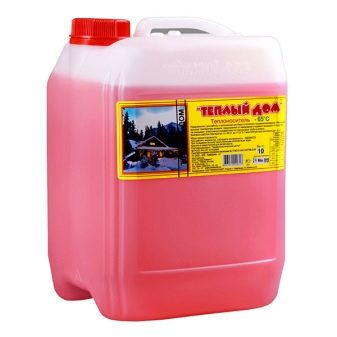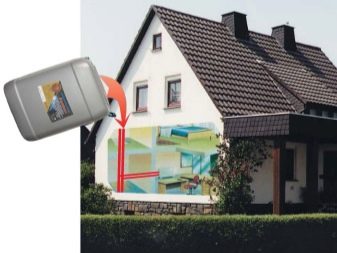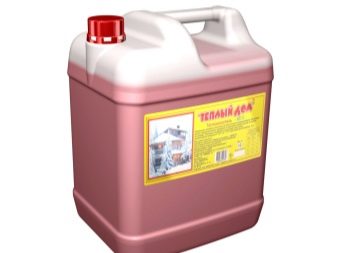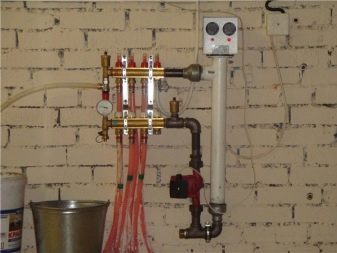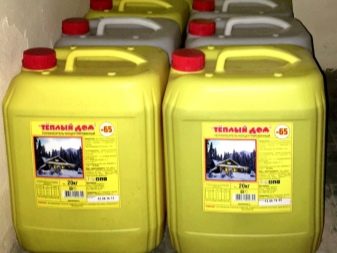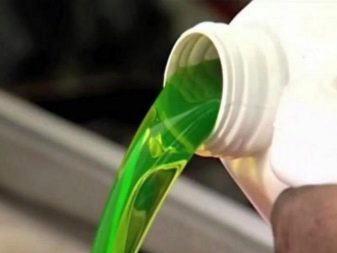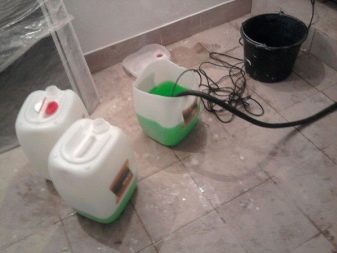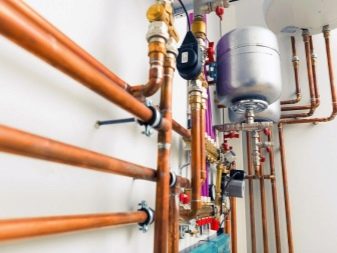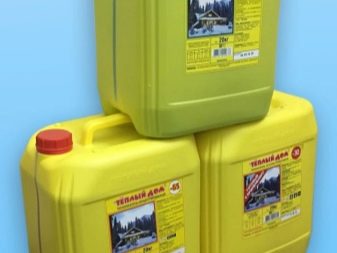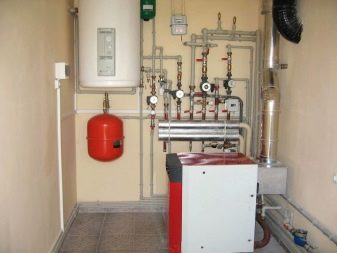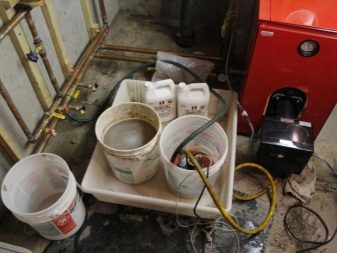Heating fluid "Warm home": features, types and applications
Liquid "Warm home" is a modern non-freezing material that is widely used in water heating systems. In addition to water, antifreeze is poured into such systems, which is the “Warm Home” composition. Features, types and application of this material will be discussed in more detail in this article.
Specifications
As the main components of the mixtures "Warm Home" are used substances such as: propylene glycol and ethylene glycol. The composition of the liquid also includes special additives for protection against plaque and other additives. This material is used for heating systems in private homes, as well as in industrial plants. Another purpose of such compositions - use in air conditioning systems.
Antifreeze allows you to protect the heating system from freezing during its operation at temperatures below zero degrees. The composition of "Warm Home" is designed for use in temperatures ranging from -40 to +106 degrees. However, it should be remembered that there are several modifications of the fluids of this brand with different technical characteristics.
It also protects heating boilers, radiators and pipes from the formation of scale, rust, mill scale.
This composition does not adversely affect plastic products, rubber and other non-metallic materials. Therefore, you can not worry about the safety of non-metallic elements of the heating system. Liquid will not damage materials and will not cause leakage of pipes.
Species
The main classification of liquids "Warm Home" is based on the differences of the main component of the composition. Mixtures based on green polypropylene glycol are available in several versions.
- "Warm house EKO - 30". This modification has some distinctive features to use. If the mixture is used for double-circuit or heating electric boilers, then it must be stirred with water (temperature -20 degrees).
- "Warm house EKO - 20". This composition is suitable for both single-level and two-level gas boilers. Mainly used for dual-circuit equipment.
In addition to polypropylene glycol, red color ethylene glycol is used to produce the “Warm Home” mixture. On the basis of this component produce several varieties of material.
- "Warm house - 30" it is used for coppers of one-planimetric type. The composition is not recommended to pour into the system undiluted. Pre-diluted with liquid water (temperature -20 degrees).
- "Warm house - 65" is a highly concentrated liquid with a high content of ethylene glycol. This composition is most often used for heating systems and air conditioning in industrial facilities.
Advantages and disadvantages
The mixture "Warm House" has several modifications, each of which has some distinctive features and qualities.
Despite the variety of options for composition, it is possible to highlight the general advantages of the mixtures "Warm home":
- liquid can be operated both at very high and at low temperatures;
- the tool does not lose its technical characteristics during the entire service life, which is five years;
- the heat carrier is absolutely safe for heating systems and does not damage non-metallic materials;
- the life of the fluid, which is used only for heating a private house, can be extended to 8 years;
- Formulations from the “ECO” series are completely environmentally friendly and safe for health, since they do not emit harmful substances during evaporation;
- liquid is not subject to fire and is absolutely fireproof.
However, this material has several disadvantages.
The main disadvantages include several characteristics.
- The composition can be used for heating boilers of a certain type only. If the heating system is equipped with an electrolysis electric boiler, then the “Warm Home” liquid is not recommended.
- The mixture should not be used in heating systems with galvanized pipes.
- When using this fluid, you must strictly follow all instructions on the packaging of the product. If the product is not properly connected to the water in the heating system, problems may arise in the form of failure of the heating elements.
- If a different composition is added to the system, in addition to the “Warm Home” liquid, this will lead to a loss of the anticorrosion properties of the composition and will contribute to the formation of scale.
Disadvantages of the material will not affect its application, if you follow all the rules for using this composition.
Subtleties of use
Before using the coolant, it is recommended to familiarize yourself with the technical characteristics of the composition, as well as with the instructions for use. Improper use can damage the heating system.
It should also be remembered that the composition has a greater fluidity (compared to water). Therefore, before adding fluid to the system, it is necessary to check all its elements for tightness.
If the fasteners look unreliable, they must be replaced. Also, problem areas can be treated with a sealing compound. Liquid is sold in ready-to-use form. However, in order to reduce the risk of rust formation, which increases when the composition is mixed with water with a high salt content, it is recommended to pre-dilute the agent.
Before pouring the “Warm Home” into the system, a small amount of the composition must be placed in a transparent container. Then water is poured into the container, and the solution is mixed to a state of transparency: there should be no sediment at the bottom of the container. The resulting mixture can already be poured into the heating system.
The life of the heat carrier "Warm Home" is 5 years. After this time, the liquid will still have a non-freezing effect, but many characteristics will deteriorate. Using a composition system for five years can lead to the formation of scale and rust, so the fluid needs to be replaced.
Before replacing the system is completely emptied of the old composition, after which it must be well washed. For reliable cleaning used special tools that can be purchased in the store.
Some recommendations
Before using the composition for the heating system, you should consider some of the features of such compositions. The use of the tool is not always justified, and in some cases it may lead to breakage of the system elements. The coolant has a more viscous consistency than water, so a more powerful pump is required for its circulation.Equipment that is designed only for working with water will not be able to ensure good circulation of antifreeze in the system.
Liquid “Warm Home” should not be exposed to contact with galvanized materials, as this will lead to the release into the air of toxic substances that are unsafe for health.
Also, the tool is not recommended for use in open-type heating systems. This is especially true of the modifications “Warm home - 30” and “Warm home - 65”, which are not environmentally friendly compounds.
When using such a mixture, it is desirable that the radiators are made of a thin material with good thermal conductivity. This is due to the fact that the heat transfer rate of the composition is thirty percent lower than that of water.
See if the video below is advisable to use heating fluid.
